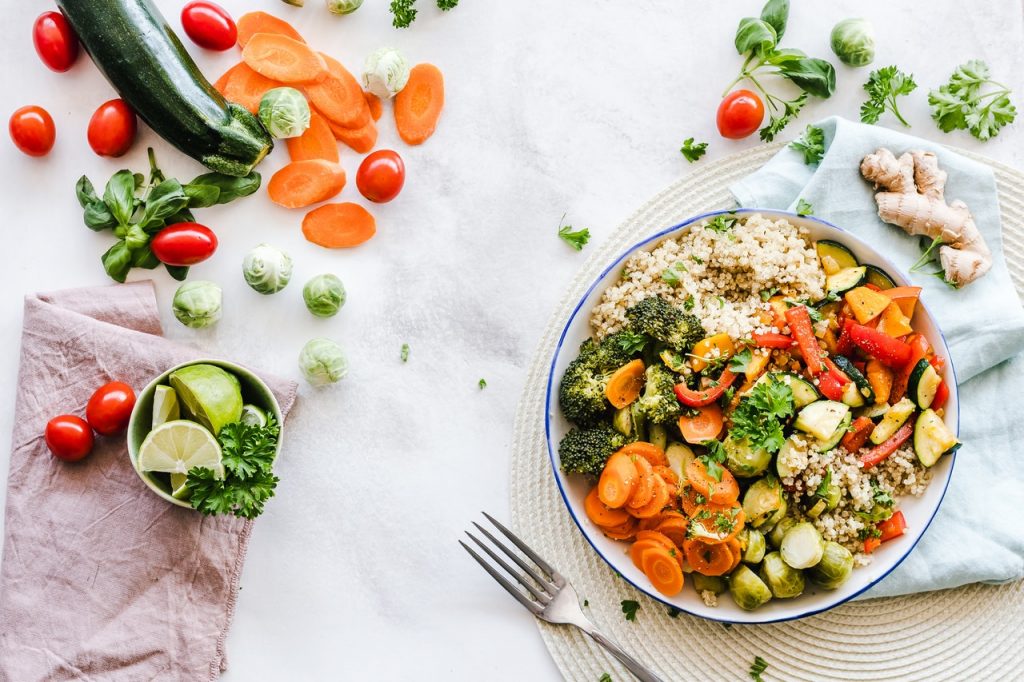Known for their beautifully radiant skin, silky smooth hair and shining nails, South Koreans have always impressed the world with nourished enhanced hair, skin and nails. Contrary to the countries in the west, Korean women aren’t using dermal fillers. Instead, they are eating themselves beautiful. They are also known for their healthy and fit bodies. They owe their traditional looks to centuries of dieting, eating healthy and eating to make them look and feel good about themselves. Most Korean diets include low fat, low glycemic foods, which includes mostly vegetables and fruits. They are focused on consuming healthy supplements and their diets have proven results in reducing acne and inflammation – it basically has the same effect as a fotona laser treatment.
South Koreans have always focused on a holistic approach, of reaching perfection in skin complexion and smooth silky hair. With this proper care and nourishment, they have swayed the worlds with the beauty unbeatable. Digging deep into their diets, we have discovered the common nutrition sources which have enabled them to reach these beauty goals. Their diets have always included a lot of healthy vegetables, soups, fermented drinks, Herbal teas and vitamin-C rich fruits. Having listed these, you might find that all these foods are rich in antioxidants, which are famous for their anti-aging properties.
Their Superfoods
One food-group common in Korea is the fermented cabbage called Kimichi. Being very rich in probiotics, this food helps in easy digestion, and supplements vitamins and minerals and balances the microflora in our guts. Korean women are also very fond of seaweed soups, which are rich in Omega 3 fatty acids (these are also found in fish). These soups are known to maintain clear skin by forming a natural oil barrier and protect the skin from sun damage if consumed regularly. Their diets also include herbal tea, green tea and barley tea, which are enriched with antioxidants. The teas from ginseng also help strengthen their immune system, reduce stress levels and fight acne.
Vegetables like Sweet potatoes have enriched their diets with beta-carotene, which is a form of antioxidant. To keep their skin moisturized and hydrated, the Koreans are also known to consume brown rice, which is rich in lipid molecules. They consume a lot of water, as part of their diet which is a very good alternative to sugary drinks like sodas. With collagen and gelatin added to their diets in different forms, they enjoy the benefits of getting firmer skin which is wrinkle-free. Having celebrated as a superfood, collagen plays a vital role in strengthening joints and glowing skin. Fish and it’s supplements are also known for being a source of collagen, and are found to be rich in Omega-3 acids. As mentioned earlier, these supplements control acne, fight wrinkles in the skin. The zinc found in seafood is known to renew skin cells too, and thereby producing enhanced glowing skin texture. Collagen is also found to be rich in hyaluronic acid and vitamin C, which are essentials that can repair cell damage and protect the skin from aging.
Vitamin Supplements
Popular Korean vitamin supplements include Vitamin E, K, and C which are amazingly rich in antioxidants. Other Vitamins like Vitamin B3 and B2 are derived from fermented drinks such as rice wine and red wine. These vitamin sources not only enrich their skin with brightness but also known to keep their skin firm. Their choice of choosing sweet fruits and fermented drinks over sugary snacks and sodas have made their lifestyle healthy, keeping them fit and firm.
Conclusion
Korean foods and diets have shown that consuming natural foods (in their original form) result in enhanced nutrition absorption. This, in turn, has beneficial effects on their skin, hair and nails keeping them young and radiant. Combining these foods with small sessions of exercise, I am sure you can preserve your youth – no matter where you live in the world.



